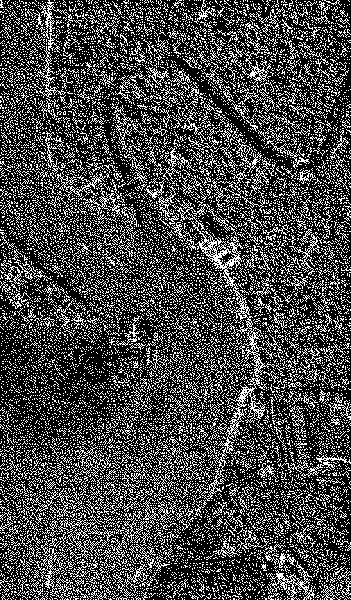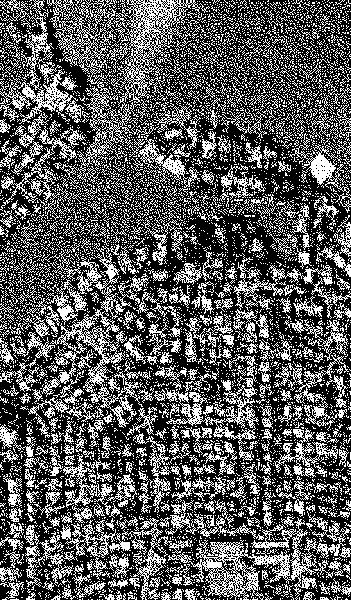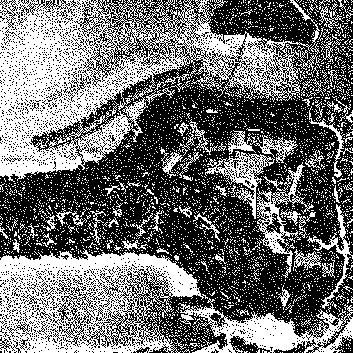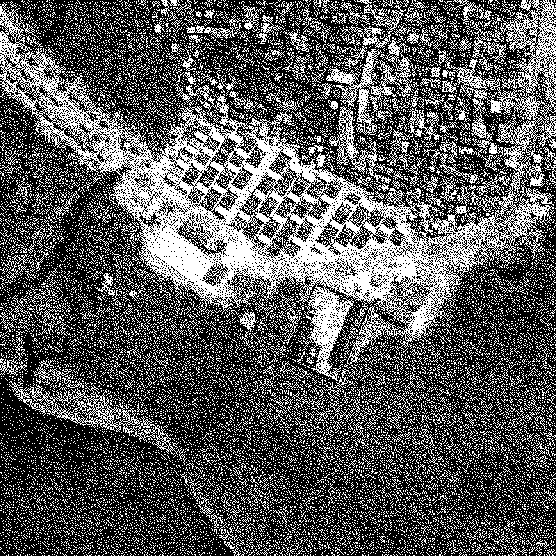Calculating

→Italy — In Venice the sea level has been rising even more rapidly in Venice than in other parts of the world. At the same time, the city is sinking, the result of tectonic plates shifting below the Italian coast. Those factors together, along with the more frequent extreme weather events associated with climate change, contribute to floods.
Emissions
You can not mitigate what you can not measure.
(A.)The Greenhouse Gas Protocol – The most widely used international accounting tool for government and business leaders to understand, quantify, and manage greenhouse gas emissions. A decade-long partnership between the World Resources Institute (WRI) and the World Business Council for Sustainable Development (WBCSD), the GHG Protocol is working with businesses, governments, and environmental groups around the world to build a new generation of credible and effective programs for tackling climate change. It serves as the foundation for nearly every GHG standard and program in the world - from the International Standards Organization to The Climate Registry - as well as hundreds of GHG inventories prepared by individual companies.
First, we needed to understand the industry standard approach to carbon footprinting. We discussed the process with several third party consultancies, certification companies, and did a bunch of our own research, we decided to base our math on the GHG Protocol.
The GHG Protocol consists of "Scopes", each of which has multiple sub categories. In order to calculate our current carbon footprint, we looked into the emission categories within Scope 1, Scope 2, and Scope 3.
Scope 1
Direct emissions
These are the business activities the company performs that directly create emissions.
Scope 2
Indirect emissions
These consist of the purchased electricity, steam, heating, and cooling for own use.
Scope 3
Indirect emissions
Includes goods and services, goods, fuel, transportation distribution, and business travel.

→United States — Alaska’s winter temperatures increasing, the type of precipitation will change. Lack of snow cover on the ground will expose tree roots to colder soils, and yellow ceder is already showing the result of this with many trees dying.

→United States — In 2017, the real estate website Zillow wrote that if climate predictions were correct, by 2100 "One in eight Florida homes would be under water, accounting for nearly half of the lost housing value nationwide." This calculation was based on comparing NOAA maps for a 6 foot sea level rise with the Zillow database of homes.
Taking matters into our own hands.
We had calls with several third party consultancies, certification companies, and companies selling software tools that could help us collect our carbon emission data, provide analysis, recommend offsets to purchase, and become carbon neutral certified. The services were either too expensive for a studio of our size or not quite what we were looking for, and most of the software tools were in their beta testing phase. Additionally, a lot of the data we would have to provide anyway, so we decided to learn the process first hand.

→The Alps — Various models of climate change have been projected into the 22nd century for the Alps, with an expectation that a trend toward increased temperatures will have an effect on snowfall, snowpack, glaciation, and river runoff. Significant changes, of both natural and anthropogenic origins, have already been diagnosed from observations.

→The Maldives — By 2020, Maldives plans to eliminate or offset all of its greenhouse gas emissions. At the 2009 International Climate Talks, Nasheed explained that:
Calculating our carbon footprint.
Fortunately, a business like ours is relatively straight forward to calculate: at the end of the day, Sanctuary Computer is a room of desks and monitors. We don't have any complex products that need LCA studies done, and our supply chain is relatively straight forward.
That's not to say it's easy. In order to get accurate numbers for each of our categories, we had to piece together a variety of calculators, datasets and spreadsheets from trusted sources all over the internet. To make it easy for our peers to do the same, we've put together this spreadsheet. Please reach out to us if you have suggestions, or would like a hand doing this for your studio!
(B.)Sanctuary Computer's 2019 Emissions – Though we didn’t have any scope 1 direct emissions, some examples include anything you own that creates direct emissions like burning gas in vehicles, furnaces, or boilers.

→Haiti — Haiti's position as a Southern island nation makes it particularly susceptible to the effects of climate change. Factors that make Haiti more vulnerable than other Caribbean nations, such as the Dominican Republic, are its higher population density, extensive deforestation, extreme soil erosion, and high income-inequality.
| Scope 1 | 0% |
|---|---|
| None* |
| Scope 2 | 39.98% |
|---|---|
| Studio Electricity | 2,502.16 kg CO2e |
| Cloud Computing & Web Hosting | 11,263.29 kg CO2e |
| Data Transfer at the Edge | 36,707.9812 kg CO2e |
| Scope 3 | 61.02% |
|---|---|
| Laptops | 839.19 kg CO2e |
| Privately Owned Vehicles | 252.10 kg CO2e |
| Employee Commuting | 12.8 kg CO2e |
| Electricity for Commuting | 12.8 kg CO2e |
| Business Travel Vehicles | 902 kg CO2e |
| Business Travel Flights | 60,667 kg CO2e |
| Miscellaneous | 15,140.00 kg CO2e |
| Total Scope 3 Emissions | 79,007.48 kg CO2e |
(B.)Sanctuary Computers 2019 Emissions – Though we didn’t have any scope 1 direct emissions some examples include anything you own that creates direct emissions like burning gas in vehicles, furnaces, or boilers.

→Haiti — Haiti's position as a Southern island nation makes it particularly susceptible to the effects of climate change. Factors that make Haiti more vulnerable than other Caribbean nations, such as the Dominican Republic, are its higher population density, extensive deforestation, extreme soil erosion, and high income-inequality.
Reduce where you can, and offset only when you can not mitigate.
Going to all of this effort without preparing a clear plan to reduce emissions overall is a pointless endeavor. The long term health of our planet requires a reduction in emissions, which can't be achieved if we simply meet the status quo each year.
When performing these studies, we assessed each category, and tried to see if we could do better. We were surprised! We found a bunch of places we could lower our emissions simply by choosing a different provider, or doing a little leg work to set up better systems.
Studio Carbon Negative was initiated by Sanctuary Computer. Get in touch if you would like to know more information about Studio Carbon Negative.
→ Visit Sanctuary Computer